Colleen Hoover’s ‘It Starts With Us’ should have ended there – An Unsatisfactory Sequel
November 10, 2022
It Starts With Us is the sequel to author Colleen Hoover’s bestselling novel, It Ends With Us, published in 2016 and recently popularized through social media platforms such as TikTok. The two novels follow the story of Lily Bloom, a girl who grew up with a difficult childhood, throughout her journey into adulthood and romance. Most of It Ends With Us deals with Lily’s past romance with a kind but poor man named Atlas, and her current romance with a neurosurgeon named Ryle. Given that It Ends With Us is very poorly written literature, and had very mixed reviews and opinions, many avid readers had relatively low expectations for this novel. The first book, although it was not revolutionary or exceptionally enjoyable, had an interesting plot that kept one wanting to keep reading. However, the same cannot be said about its sequel.
It Starts With Us further develops the relationship between the three protagonists, utilizing its dual-point-of-view narration to explore the obstacles that Atlas and Lily face throughout the novel. The main three issues with It Starts With Us were the lack of character development, weak writing style, and Hoover’s excessive comparison of Lily’s two love interests, Atlas and Ryle. The writing style of Colleen Hoover is childish and cringy, as the book attempts to portray its ideals as significant but the poor writing by Hoover makes it close to unreadable. Although this book may be enjoyed by someone who thought the first book a masterpiece, it would not likely be enjoyed by people who like more sophisticated reading, a more well-throughout plot, and interesting characters.
Character Development
The character development in the first book is significantly better than the attempt at character growth in the second book. In the first book, due to the fact that an array of characters are introduced to the reader, the author is given many chances to include character development, and in-depth character descriptions to invest the readers into the story of Lily. However, in the second book, Hoover fails to create that same reader engagement with her lack of new characters. Although there were still some interesting characters, such as Atlas’ friends, Jenny (Lily’s mom), who is adorable , and Theo, the son of Atlas’ best friend, Brad, there were many other characters who were developed in an uninteresting manner. Three characters, who were pivotal parts of the book, but were largely boring, were Lily, Atlas, and Alyssa (Ryle’s sister). These characters are developed in a manner that makes it hard to emphasize with what they go through throughout the second book. However, Ryle (one of Lily’s love interests), is by far the most well-written character in the whole It Ends With Us/ It Starts With Us universe. The author makes the audience hate him, but there will always be a part of me that pities him even though he is getting what he deserves when it comes to the treatment that he receives from Lily in both books. Hoover leads the readers to trust and love him before they learn the other side of his character, creating an attachment to him that reflects Lily’s emotions towards Ryle. Despite the great characterization of Ryle, overall, the absence of characterization/ character development disconnects the reader from the book and makes it difficult to feel strong emotions towards the characters and their situations.
Writing Style
I have read 6 of Hoover’s books and the writing style is consistent in the genre. Her best book by far is Verity, a novel published in 2020 that falls into the category of physiological thriller, with a romantic aspect. The writing style of Verity is completely different from several of Hoover’s other books, which focus on romance. The writing style of It Starts With Us is disappointing, containing simple and bland wording and dialogue.
After all of the traction that the first book gained on social media platforms such as Tiktok and Instagram, Hoover seems to have written her sequel for a very specific audience, which leads to the book feeling very forced. In all honesty, the book seems like a cash cow, taking away from the genuinity of the characters and their situations. In the end, from the weird dialogue (ex: “‘Lily, what the heck, our boat is wrecked!’” (Hoover 41), to the overall uncomfortable situations that are evidently supposed to be romantic (ex: Lily accidentally flashes Atlas while they’re on FaceTime and she is breastfeeding her daughter), the book was hard to get through.
The Comparison Between Atlas and Ryle
Ryle is a terrible human. Atlas is not. That was made evidently clear in the first book. There is nobody who would deny that claim because it is a fact. But, Hoover continuously pushing that fact onto the reader in all 37 chapters of this book becomes exhausting.
It’s hard to believe that Ryle is a completely bad guy and that Atlas is completely perfect. Yes, if one was to compare them, of course Atlas would seem to be a much better person than Ryle, specifically when it comes to their treatment of Lily. But, the relationship between Ryle and Lily is so much more realistic than that of Atlas and Lily, and it becomes tiring and annoying to read the repetitive lovey-dovey aspects of Atlas and Lily’s relationship. That is not to say that anything that happened between Lily and Ryle was okay because Ryle treated her terribly as opposed to how Atlas treats her, but as someone who appreciates a little more realism in fiction, it’s hard to believe and thus hard to enjoy reading about Lily and Atlas’ relationship.
This book is not good. There was no need to continue the story of Lily Bloom. The first book leaves Lily at an extremely difficult part in her life, however, she is the strongest she has ever been. This strength is not common, especially in many romance books today, making it an inspiring place for Hoover to end Lily’s story. Colleen Hoover continuing that story diminishes all of that extreme strength. The disliking or liking of this book is extremely subjective to what the reader is trying to get out of it. For someone who simply wants to finish Lily’s story, expecting the same type of quality of the last book, there is a high probability that no type of satisfaction will be received after reading the 250 pages. However, if the reason behind picking up this book is purely based on wanting to see Atlas and Lily get together, then chances are this book will be an enjoyable and easy read.



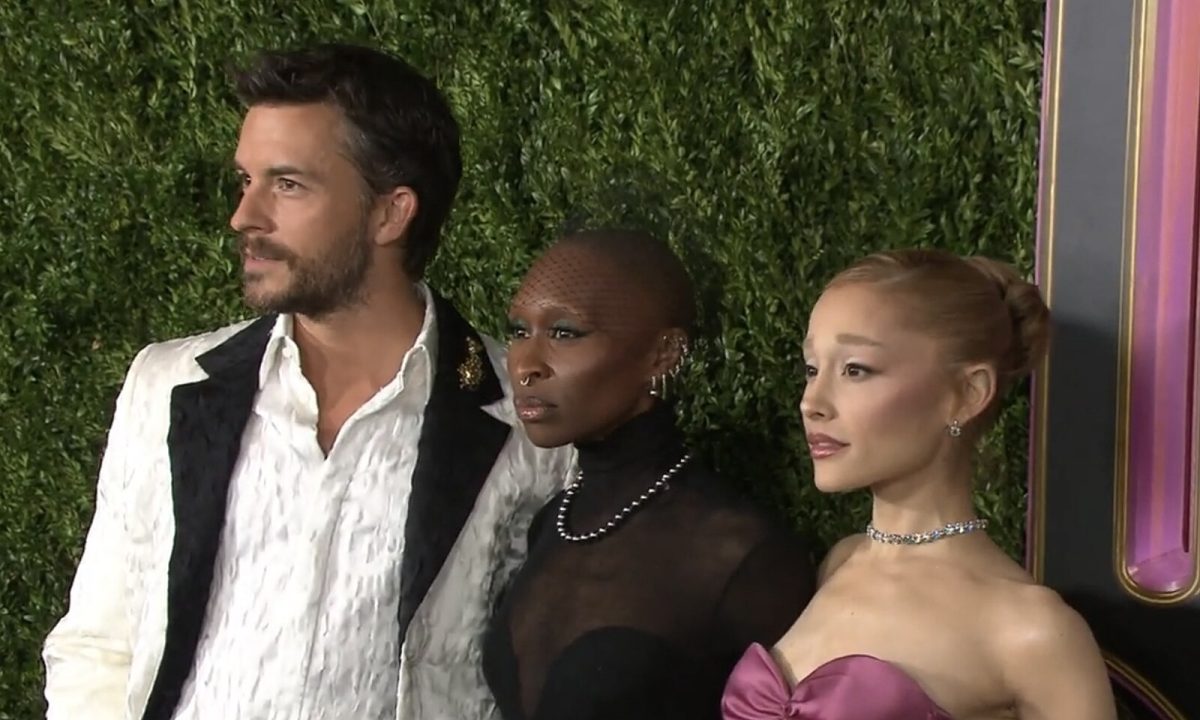
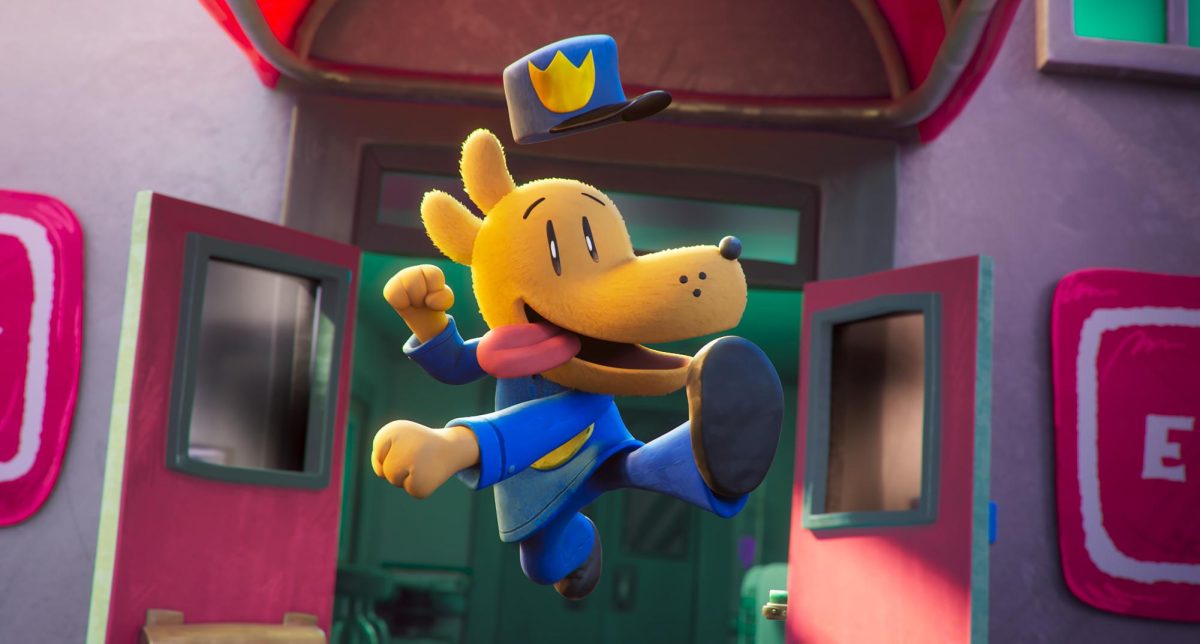




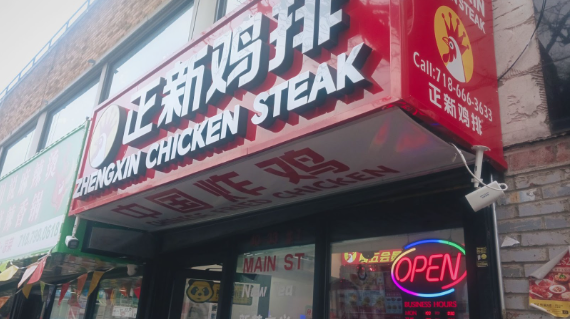
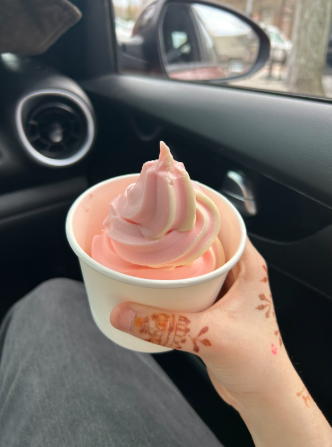
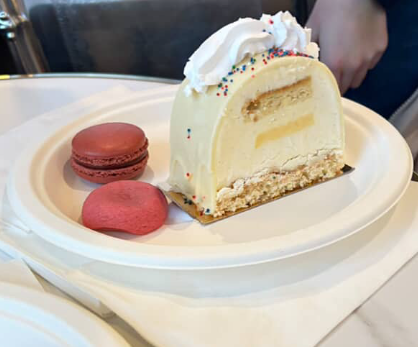


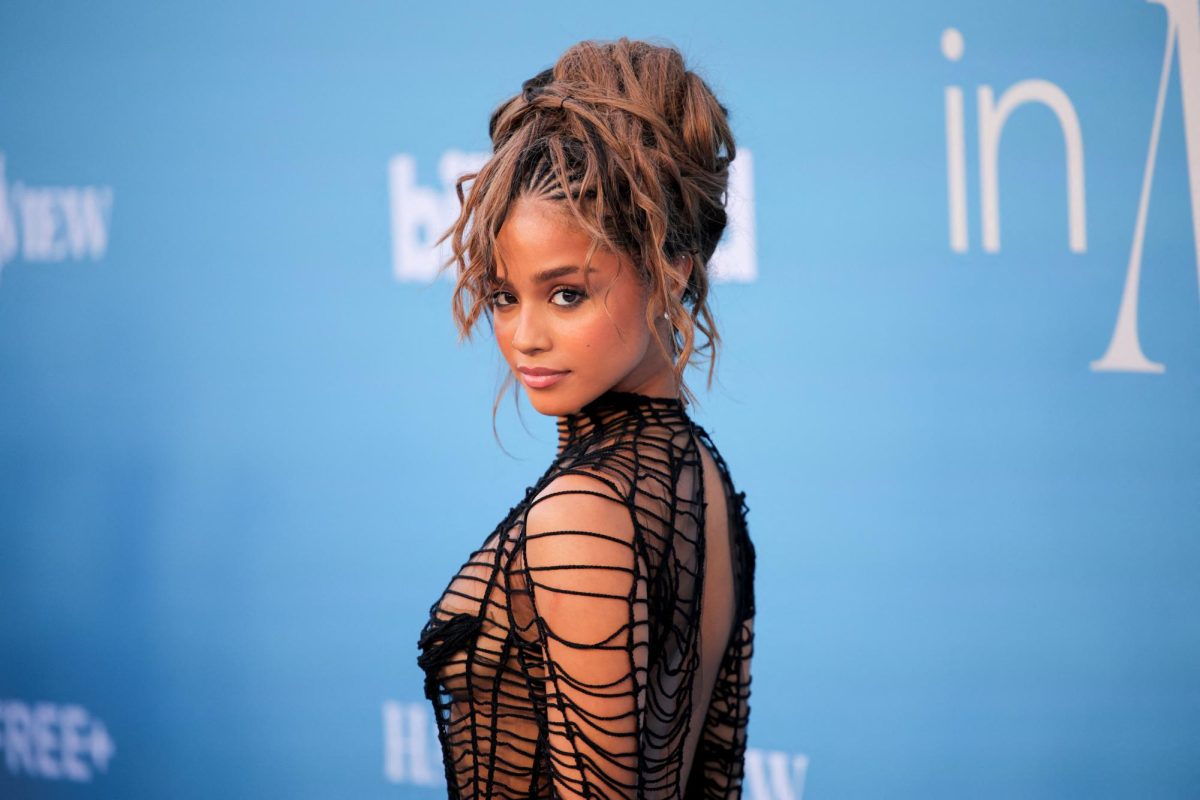

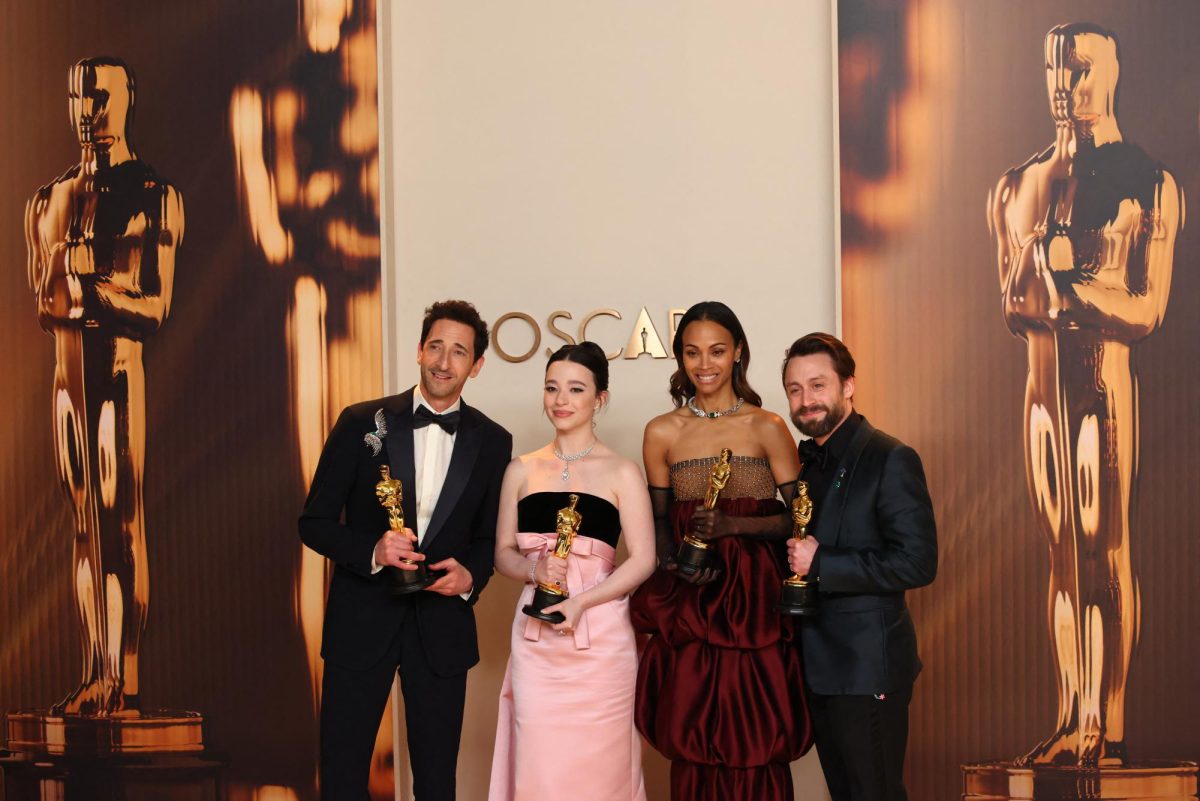


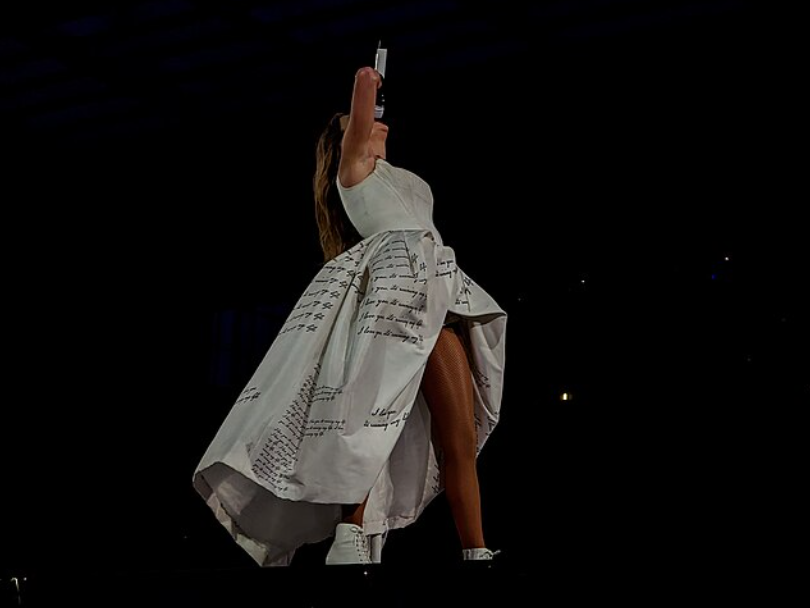

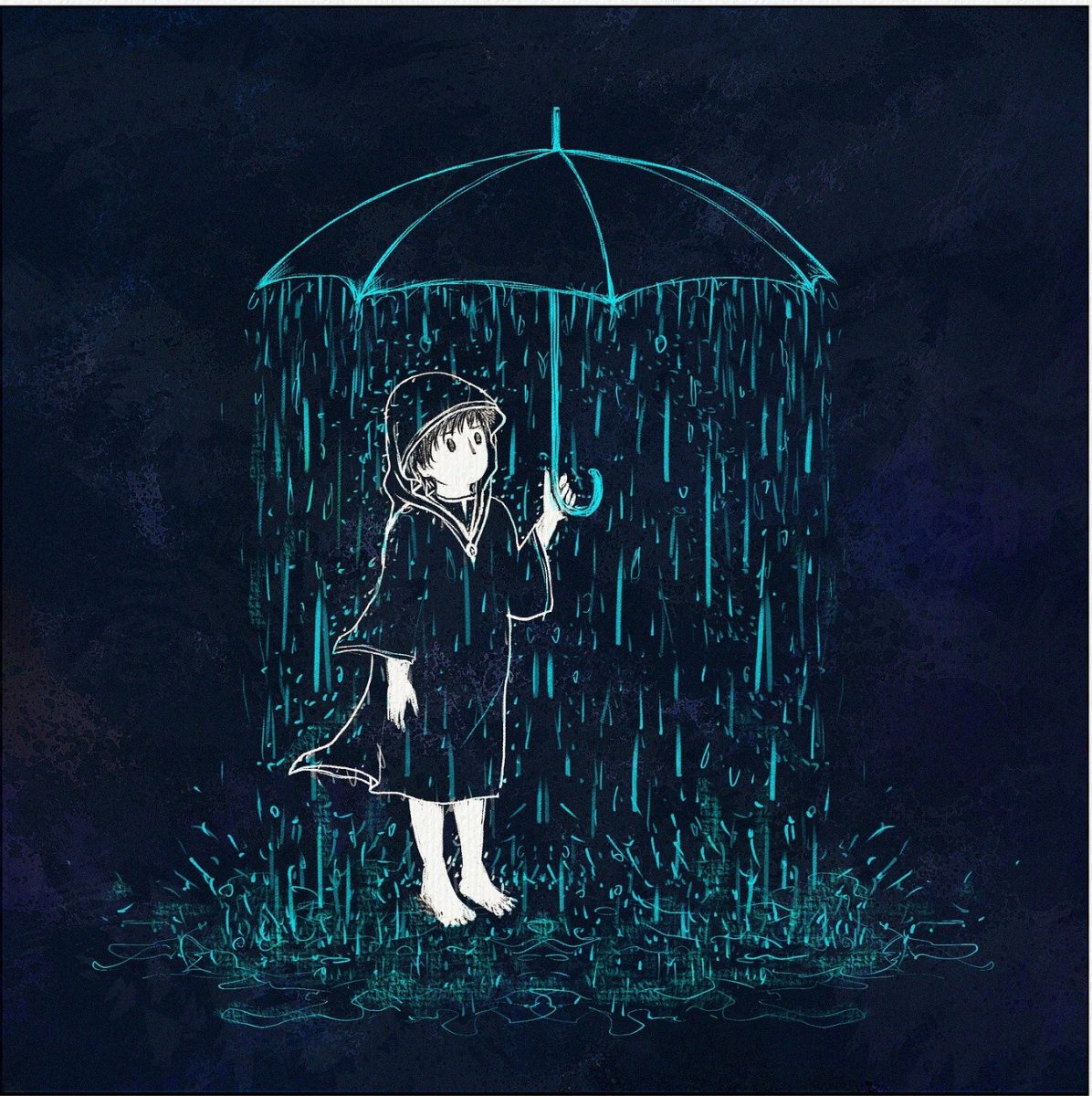



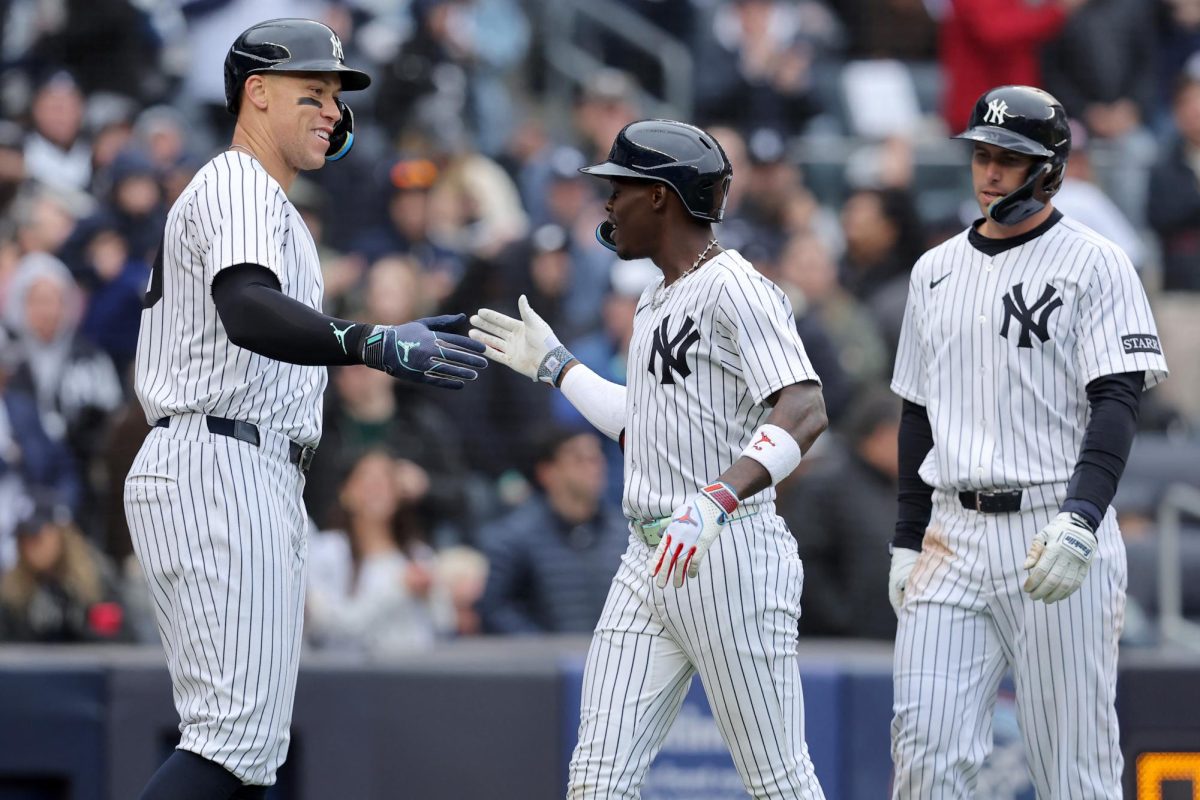








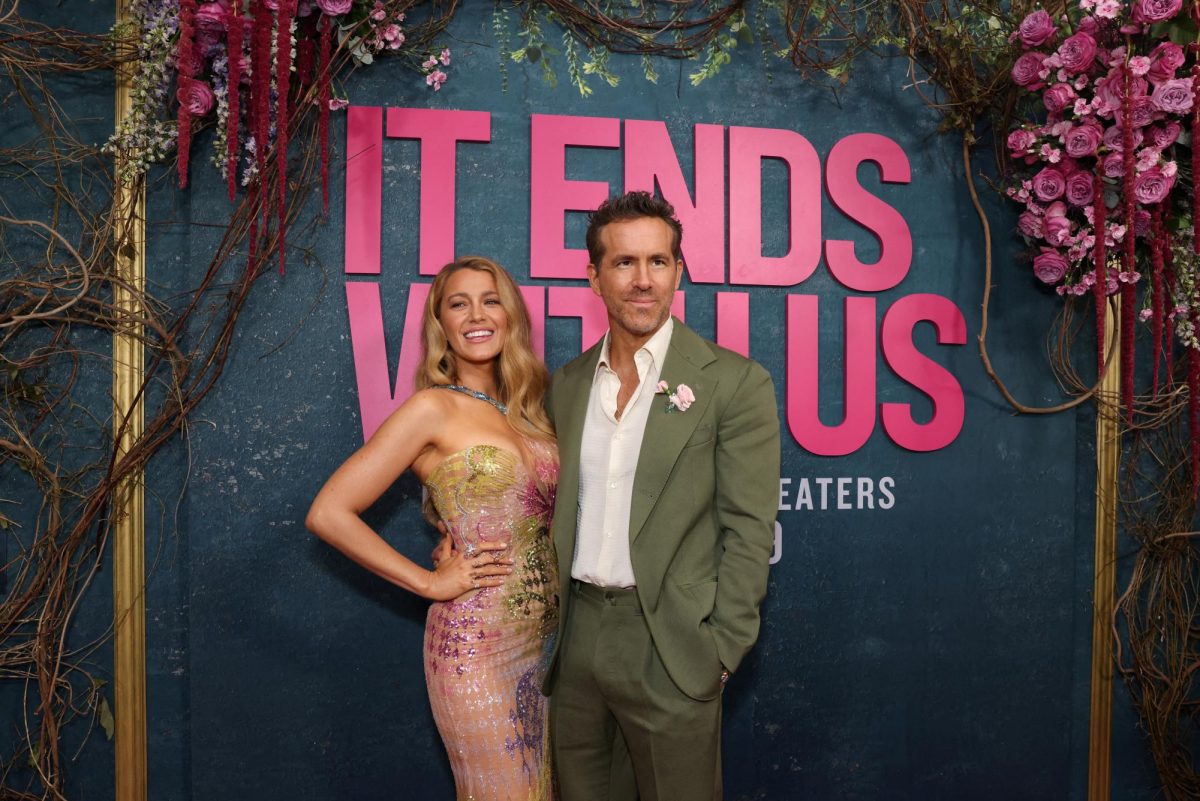
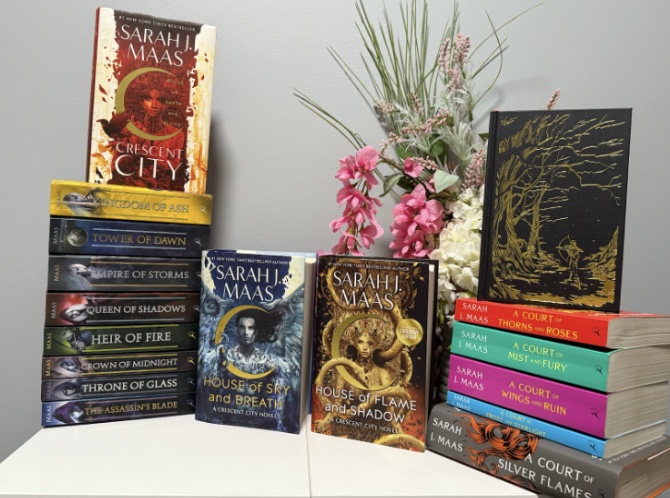



Lacey • Jul 1, 2023 at 11:57 pm
100% agree. This book was so poorly written, and it was written purely for #booktok, and that makes it even worse. The “trendy” aspect of it, no depth, no authenticity to it. It was so bad. I’m an avid reader and I’ve tried to get into Colleen Hoover books the way I did Nicholas Sparks books (at least his were better but still cringe). Not every book can be “Water for Elephants” or “Where the Crawdad Sings”. I need to keep telling myself that some people just put out crappy books.